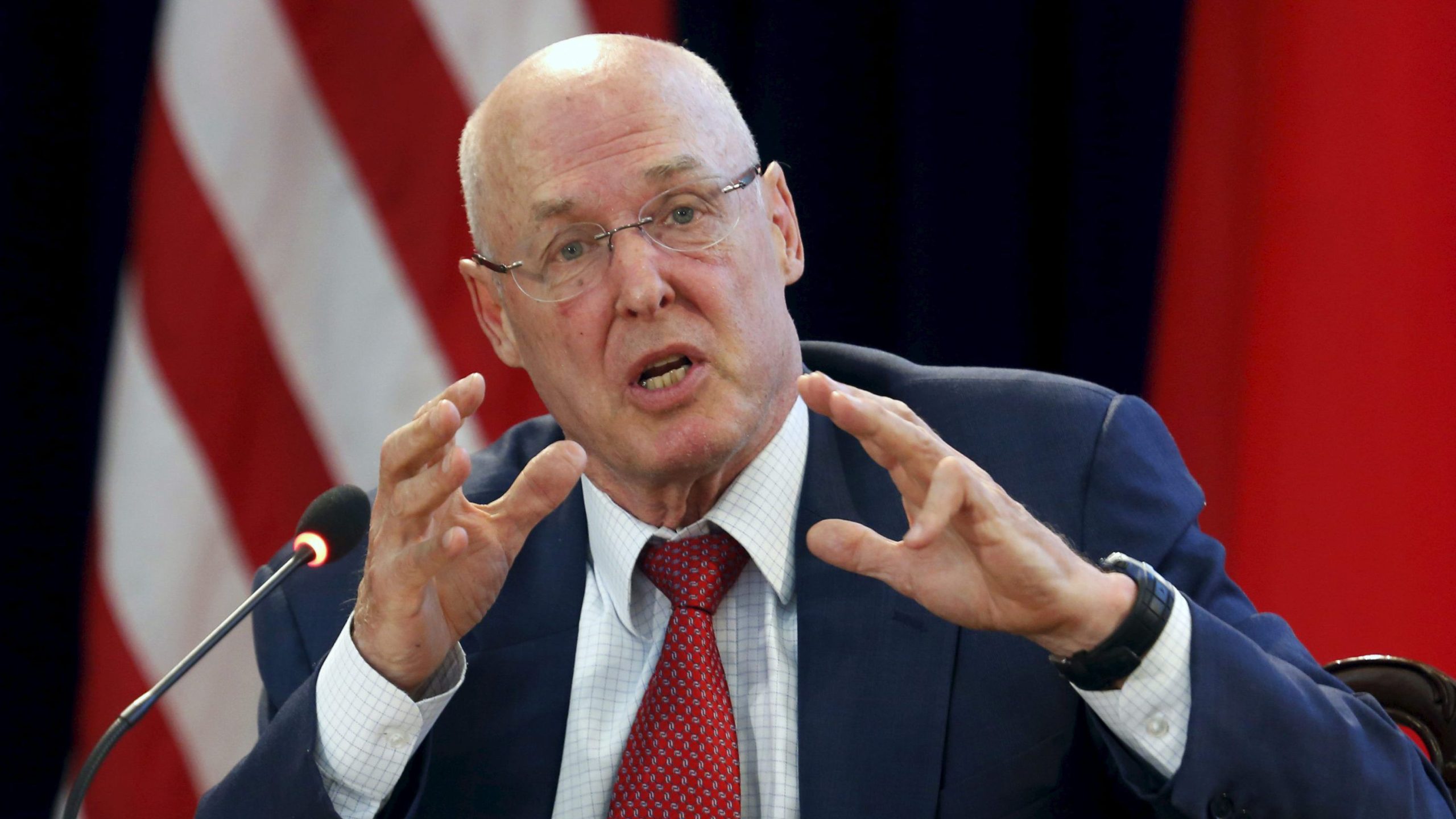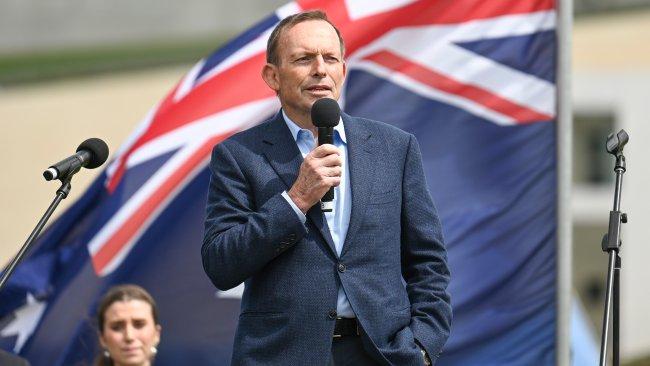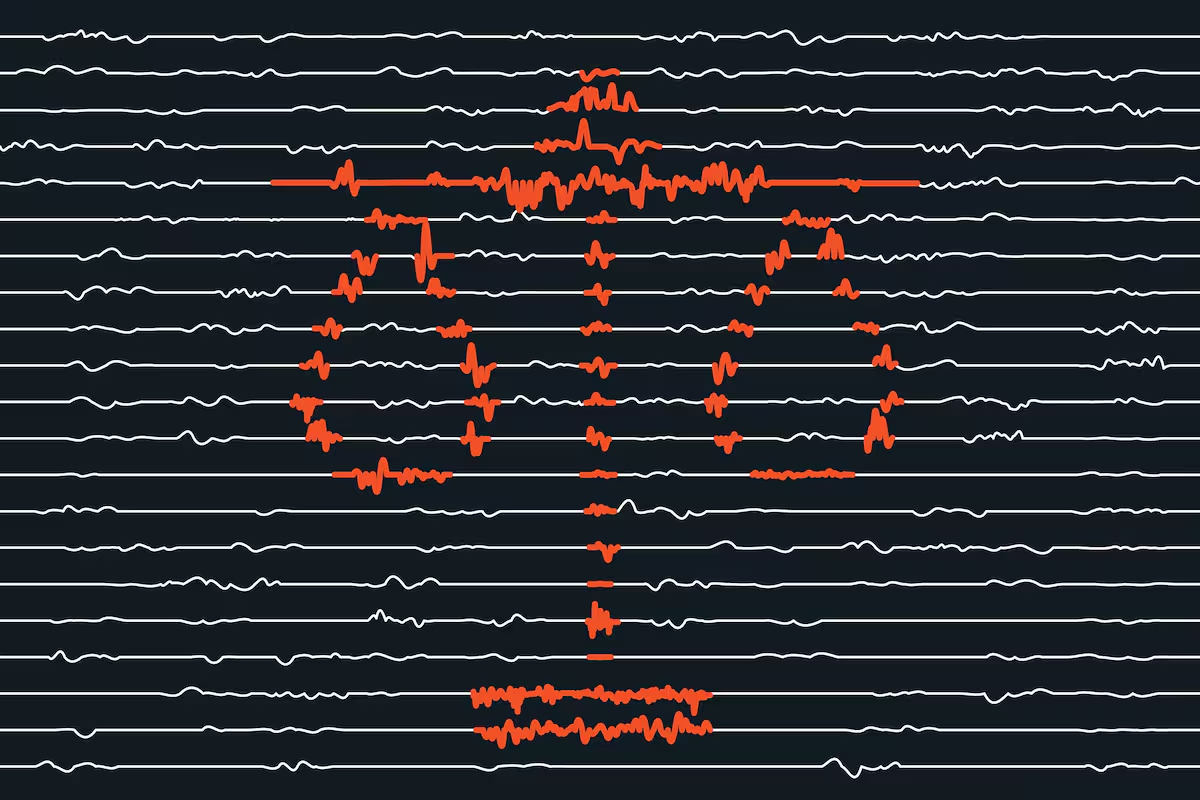
Peter Goodman: His Start-Up May Not Survive Trump’s Tariffs
A sourdough baker turned entrepreneur in North Carolina has delayed his new product as he contemplates the prospect that higher costs will doom his company.…
Thought Leader: Peter Goodman

By Henry M. Paulson Jr. (original source Foreign Affairs)
“In late March, global financial markets were collapsing amid the chaos of the novel coronavirus pandemic. International investors immediately sought refuge in the U.S. dollar, just as they had done during the 2008 financial crisis, and the U.S. Federal Reserve had to make huge sums of dollars available to its global counterparts. Seventy-five years after the end of World War II, the primacy of the dollar has not waned.
The enduring dominance of the dollar is remarkable—especially given the rise of emerging markets and the relative decline of the U.S. economy, from nearly 40 percent of world GDP in 1960 to just 25 percent today. But the dollar’s status will be tested by Washington’s ability to weather the COVID-19 storm and emerge with economic policies that allow the country, over time, to manage its national debt and curb its structural fiscal deficit.
The stature of the dollar matters.”
Click here to read more
Peter Goodman: His Start-Up May Not Survive Trump’s Tariffs
A sourdough baker turned entrepreneur in North Carolina has delayed his new product as he contemplates the prospect that higher costs will doom his company.…
Thought Leader: Peter Goodman
Tony Abbott calls for stronger action to end ‘pro-Hamas’ protests
Former prime minister Tony Abbott has called for stronger action on antisemitism in the wake of further attacks against the Jewish community, including tougher policing…
Thought Leader: Tony Abbott
Leana Wen: The Doctor Will See You Now. So Will the Lawyer.
Legal aid organizations are helping doctors address social barriers to patients’ health. During my residency training, when I worked shifts in the pediatric emergency department,…
Thought Leader: Leana Wen

